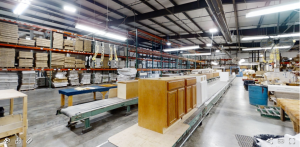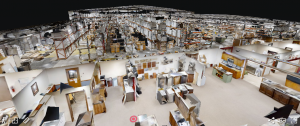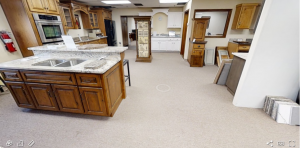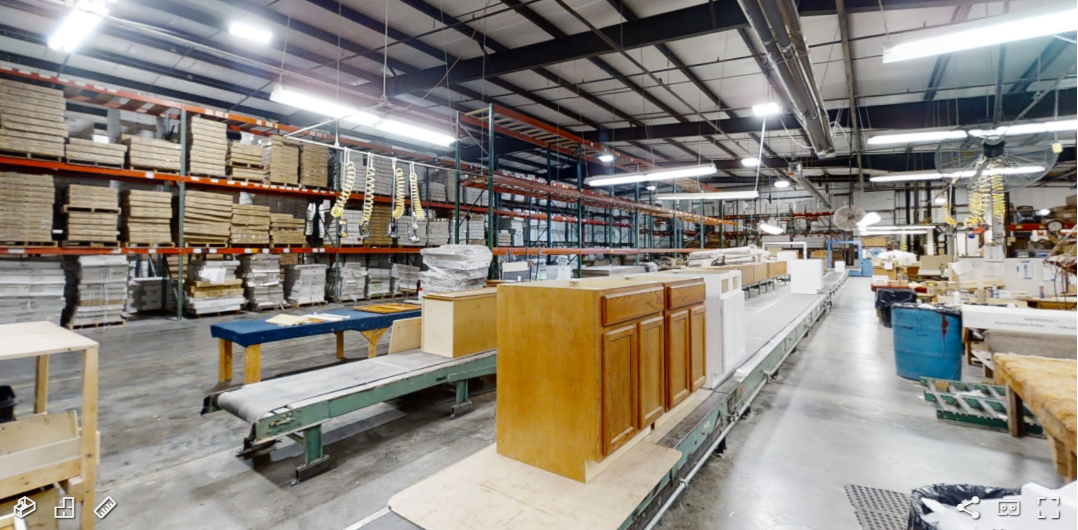Tools to help your business survive a disaster, after a disaster
Not new to anyone in 2021, disasters come in all shapes and sizes when least expected.
In a 2018 article, FEMA referenced that “sixty percent of Americans are not practicing disaster preparation, and even those that do, often lack the basic supplies required for survival.” The article further went on to state that “it can be easy to shrug off the threat of a major disaster and tell yourself, “That won’t happen where we live.”
Going forward to 2021, our Country, and throughout the World, have all experienced first-hand how our lives can change with a disaster.
When you are not exposed to the devastations that result from a disaster it is easy to dismiss the urgent need to prepare for the “What If”. Preparation can simply be asking questions to encourage proper planning in the event of a disaster. What is done in advance of an emergency may be more important than what is done after. Why? It is hard to figure out where to prioritize when your business experiences a disaster. The pressure and multitude of items that may be insurmountable at that very moment make it extremely challenging to pause, get organized and enforce a plan that will be critical to your operations recovery.
In its natural disaster recovery guide, the U.S. Chamber of Commerce advises businesses to implement their recovery plan as soon as a disaster strikes.
“Implementing the plan will ensure the correct policies and procedures are carried out…” The U.S. Chamber of Commerce has recommended a few great tips to make the planning process more manageable including to cultivate partnerships with the local community. “The U.S. Chamber of Commerce also recommends that small businesses cultivate partnerships and relations with the local community, including other businesses, local government agencies, and non-profits, which may be able to collectively advise, support, and help one another.”
Through a multitude of associations and publications, it is easy to cultivate these local relationships. Often there are companies that a business may not typically work with until a disaster strikes which should be discussed in the planning stages – what companies would you want to initiate a relationship with now, so you have a comfort level with them and confidence in their capabilities? Following an incident that disrupts business operations, these resources will be needed to carry out recovery strategies and to restore normal business operations. The most important step to take is to develop a Resource List. Often considered with business continuity planners are to develop a relationship with a commercial real estate agent and a restoration company to include as priority resources in your recovery plan. The impact these predetermined relationships can make, will be imperative for emergency restoration services and emergency relocation with designated contingency sites.
Recovery strategies require resources including people, facilities, equipment, materials, and information technology. An analysis of the resources required to execute recovery strategies should be conducted to identify any gaps. Staff with in-depth knowledge of business functions and processes are in the best position to determine what will work. Recovery strategies are alternate means to restore business operations to a minimum acceptable level following a business disruption and are prioritized by the recovery time objectives (RTO) developed during a business impact analysis.
During your pre-planning, some items that should be considered a priority include:
- documenting the current condition of your property
- floorplans
- condition of the structure and contents
This does not need to be a daunting task. It could be as simple as making a video while you tour the property. For advanced planning, outsourcing this service to invest in 3D virtual documentation will enable you to utilize various tools for a multitude of options including, taking potential clients for a tour of the location, having a walk through which can be utilized for disaster planning purposes, or having your entire facility and contents documented to a level that leaves no question of the current conditions. Another feature is a floorplan generated for the structure and the ability to obtain measurements from the 3D rendering.
Service1st Restoration has provided this 3D Scanning and Virtual Imaging service for different industries and purposes. Recently, a 3D Scanning service was provided for a business that was looking to relocate their operations. The business hired Service1st to complete the 3D Scan of the location they were interested in moving to. The scan captured the exact dimensions and layout of the current structure. The accuracy of the documentation allowed the business to better see the space and strategize with its team the existing layout to determine what to modify in order economically fit out the space with the best workflow. The business met with their team multiple times to revisit their conceptual plan and was able to get their staff’s collective agreement on how the new facility design would enable streamlined operations. The client’s testimonial included:
“I never imagined that the scan would pull as many ideas from our team as it did. There have been so many benefits from having the 3D scan completed – I did not think about how much time and money we would save by being able to review these scans, at our office with our staff, when it best suited our schedules. The virtual walkthrough made it feel like we were in the facility doing the walk-through. It was impressive! The 3D imaging of the space helped initiate great thoughts from our staff that we were not focused on, from a relocation perspective. We are planning to have Service1st complete another scan once our facility fit-out is completed and look forward to showcasing the before and after 3D captured videos on our company website. We know this is going to be a great way to showcase our company culture, through the design elements that will be visually obvious in the scan.”




